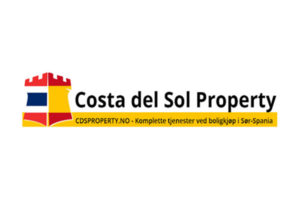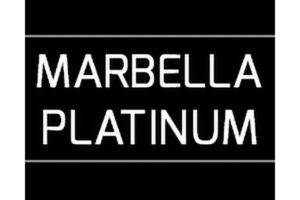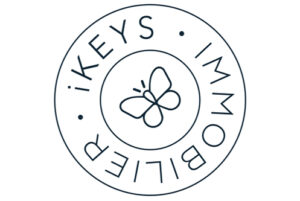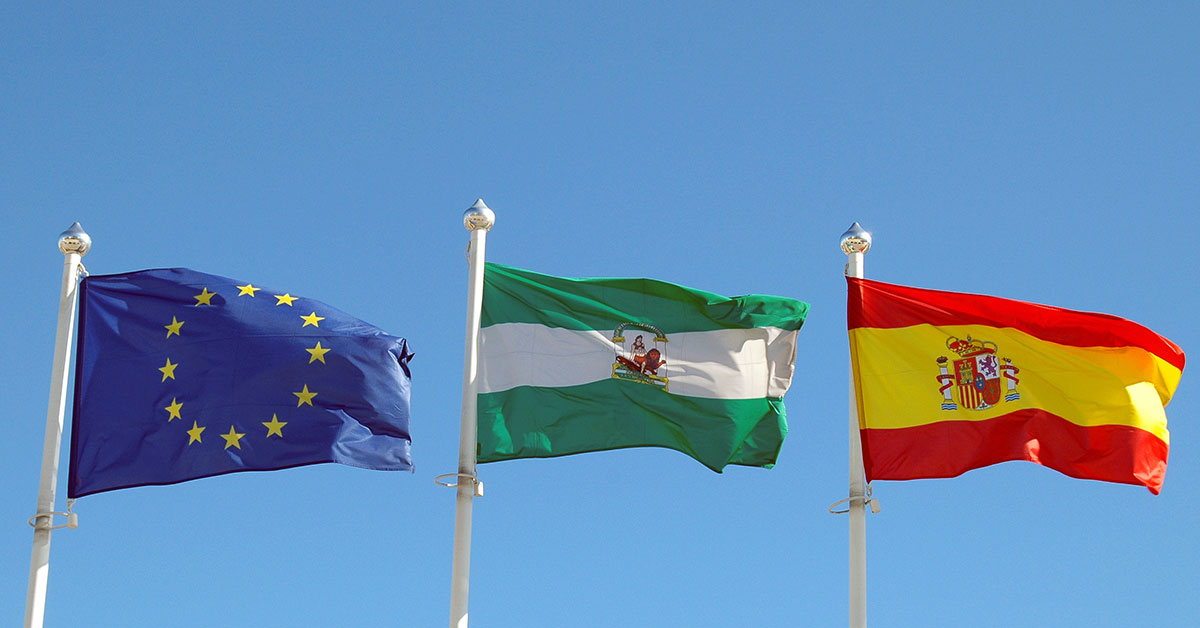
Perhaps because of the 20th century history of Europe, the expression of nationalist fervour throughout the continent is generally expressed in ways other than flag waving, and Spain is no exception. That is, of course, apart from major sporting events, especially football. Given the special importance of regions in Spain, it is probably true to say that the regional flag in this country is a source of greater pride than the national flag, this being certainly true in regions seeking greater independence from national government.
Article by Vivion O’Kelly
We all know the Spanish flag and most foreign residents know the green and white colours of the Andalucian flag, but few of us know its origins. The story goes that a certain Abderraman, first emir of Al-Andaluz, rested while walking in the countryside under the shade of an olive tree. He took off his white turban and tied it to the tree, and then saw the flag of his new emirate in the simple pattern of green and white.
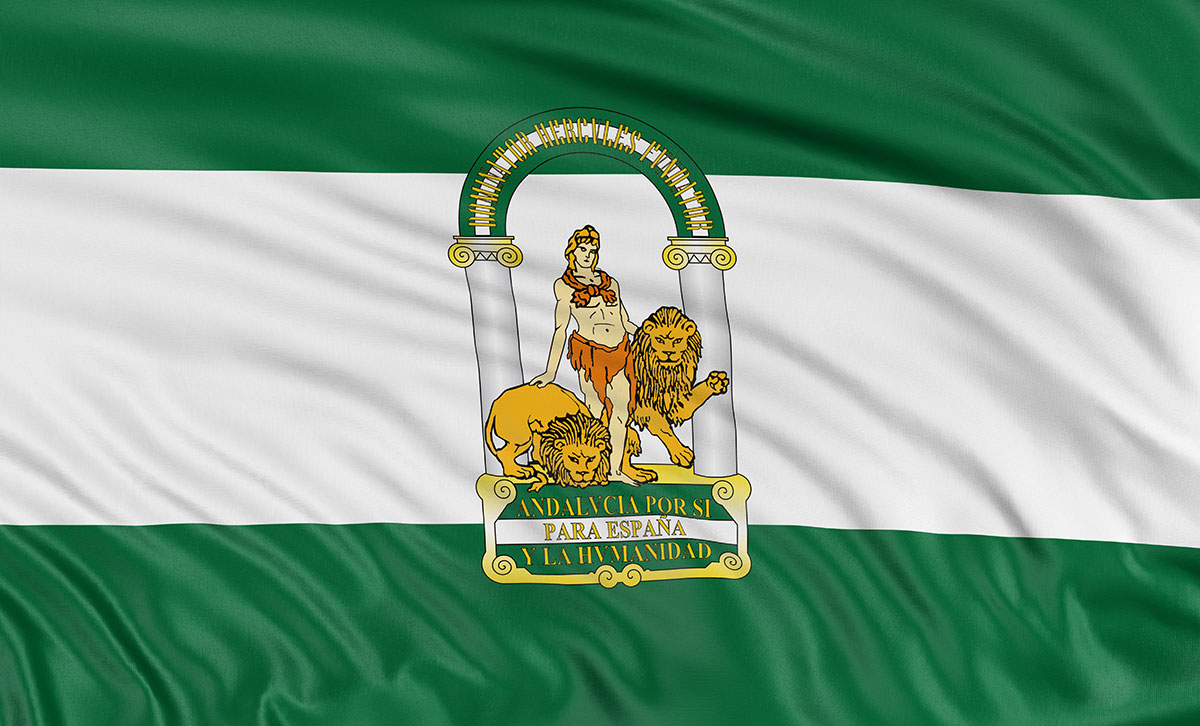
But that was in the 8th century, and we have ample evidence of the colour green’s link to the Islamic religion a full century before, with numerous references in Muhammad’s writing to the colour. So closely was it associated with the Islamic world that the Crusaders attempted to avoid friendly fire by not using green in their coats of arms.
Hardly surprising then that Blas Infante, the father of Andalucian nationalism, adopted the colour green at the beginning of the 20th century for the flag he designed, which is still used to this day. He also designed the coat of arms in the middle, depicting Hercules with his hands resting on a pair of lions standing underneath an arch formed by the Pillars of Hercules. The reference to green and white is green being traditionally associated with hope and white being the almost universal colour of peace. As flag design goes, the coat of arms is rather complicated, although a necessary visual element against the simplicity of the flag itself.
The history of the Spanish flag is not as old. In fact, the concept of a national flag did not exist in the Middle Ages, the symbol of Spain at the time being the Royal Shield, or standards, frequently made up of other different flags representing images and symbols associated with specific kings’ values.
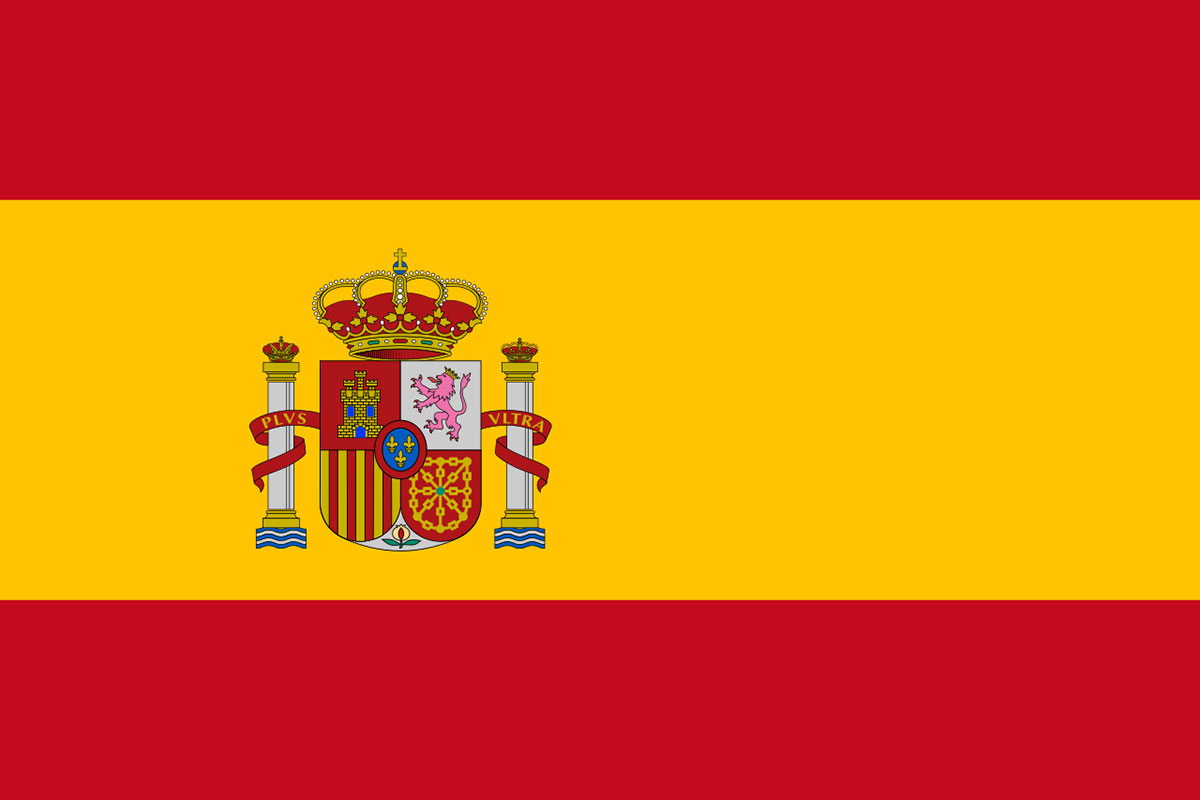
We see the yellow and red in some of these standards, that of the Crown of Aragon being quite similar to present-day Spanish regional flags in the north-eastern part of the country. The origin of the national flag in its present form dates from the reign of Charles III in the late 18th century. It was first designed as a naval ensign to distinguish Spanish ships at war and chosen by Charles himself from 12 different flags designed by an officer of the Spanish Royal Navy, all of which are now on view at the Naval Museum in Madrid. It flew over naval bases and coastal fortresses for half a century and was used by some marine units fighting inland during the Peninsular War. It was not until 1843 that Queen Isabella II made the flag official throughout the kingdom.
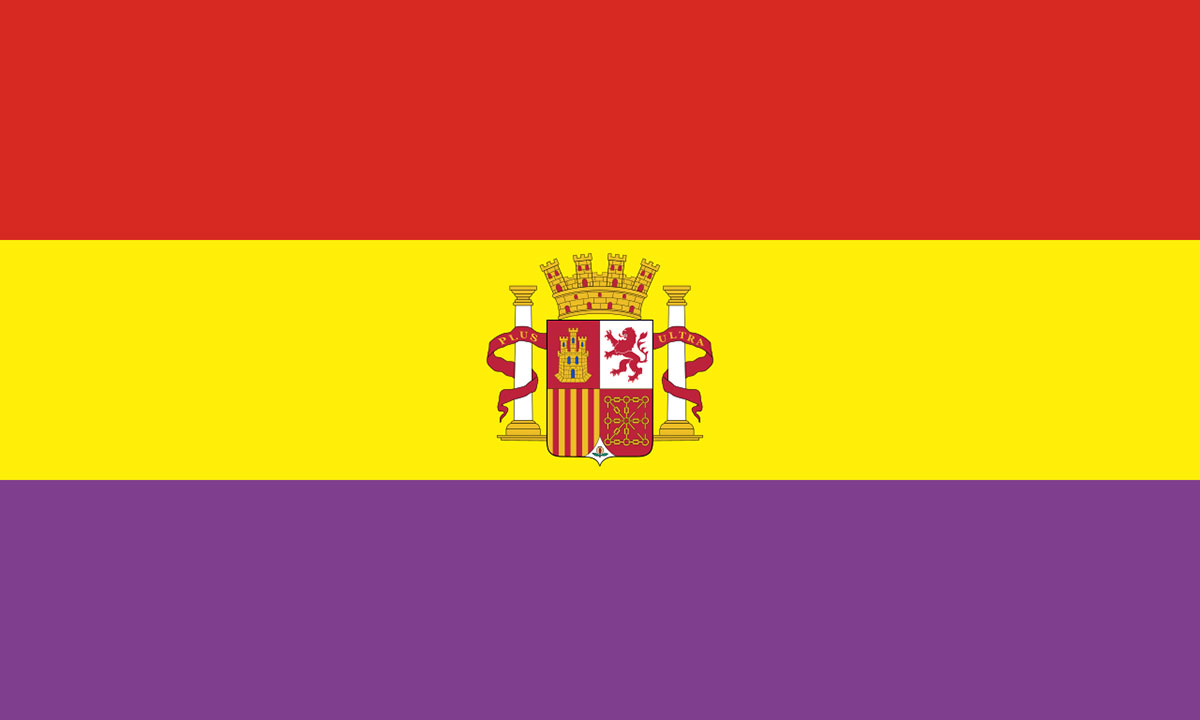
The basic design remained unaltered, with various changes in the coats of arms, until the period of the Second Republic (1931 to 1939), when the bottom red stripe was replaced by morado, a kind of dark crimson. Franco reverted to the old version after the war and used the eagle as a coat of arms that is somewhat reminiscent of fascist imagery. The flag adopted by the Spanish Constitution of 1978 uses, like the Andalucian flag, the Pillar of Hercules topped by a crown and a single coat of arms made up of six units. In the coat of arms, the castle represents the royal family of Castille, while the lion represents the kingdom of Leon. The linked chains represent the Kingdom of Navarre, while the pomegranate fruit symbolizes the Moorish kingdom of Granada. The wording Plus Ultra, which is the national motto of Spain, is a reversal of the original Latin phrase Non Plus Ultra, meaning Nothing Further Beyond and marking the limit of the known world. It is not, however, original, in being first used in French by the Holy Roman Emperor Charles V.
National flags reflect varying degrees of flag patriotism in different parts of the world. It is not illegal to desecrate or insult the nation’s flag in many countries, especially the English-speaking nations, although such offenders may be prosecuted under laws relating to vandalism, disorderly conduct or arson. In most of the rest of the world it is illegal, including almost all western continental Europe, the exceptions being Norway, Denmark and Holland. Some countries, in the interests of international relations, permit the desecration of their own flags only.
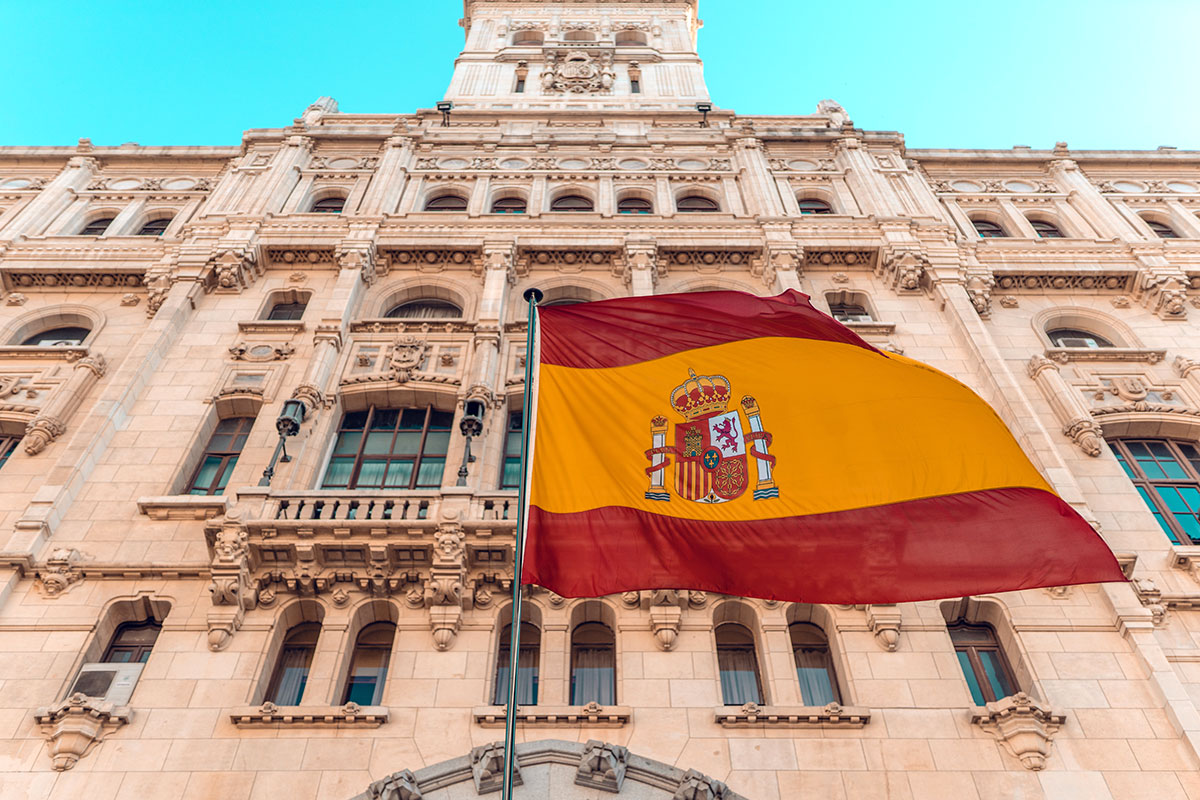
Spanish law is somewhat vague on the issue, but one is advised, if one were so inclined, to neither insult nor desecrate Spain’s national or regional flags while on Spanish territory. A recent case has aroused controversy, in which the Spanish Constitutional Court has rejected the appeal of a trade union member condemned for desecrating the Spanish flag during a labour protest in the north-west of the country. While the flag was being formally raised at a military base, some workers shouted verbal abuse and one was arrested, being subsequently ordered by the court, in a majority decision of just one of nine judges, to pay a fine of 1,260 euros. The four dissenting judges regarded the decision as an attack on freedom of expression, and thus unconstitutional.
National and regional flags are so ubiquitous throughout the world that most of us take them for granted, but next time you see the green and white of the Andalucian flag, or the flaming colours of the Spanish flag, remember their long history and smile, because knowledge in any small dose is as good a reason to do so as any other.













































